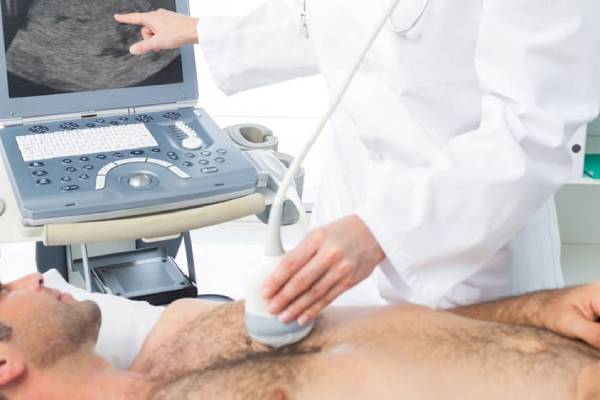
Preventive cardiology is a subfield that focuses on methods to reduce the risk of a heart attack. A preventive cardiologist practices this subfield of medicine so that patients do not suffer from heart failure or stroke. They also work with patients who have heart diseases to prevent further complications. People in this subfield use medications on people who have a high risk of developing heart diseases. The medications include SGLT2 inhibitors or gliflozins which reduce blood glucose levels without activating the release of insulin from the pancreas. They also reduce blood pressure in diabetic patients. Medications like SGLT2 inhibitors and GLP-1 help reduce obesity, hypertension, and blood sugar levels since these three factors contribute to heart diseases. For those who already have had their first heart attack, PCSK9 inhibitors are given to reduce cholesterol levels or low-density lipoprotein in the patient's circulatory system.
Who Should See A Preventive Cardiologist
Why Do We Need A Preventive Cardiologist?
Regular Tests And Scans
Preventive Cardiology includes the following treatments :-
Preventive cardiologists and their team evaluate the cholesterol problems, diet, and habits of their patients and give provide diet charts and a healthy routine to their patients like having a balanced diet, exercising regularly, and other plans that are essential for cardiac health. They monitor the regular activities of their patients and recommend other plans to improve their condition.
Preventive cardiologists and their team, before treating the person, do certain tests to analyze the condition or disease and recommend proper instructions respectively. Tests include:-
- Low-Density Lipoprotein and High-Density Lipoprotein test to check the amount of good cholesterol and bad cholesterol in the blood
- C-Reactive Protein test to check whether the immune system is performing its function of fighting illness. If not, CRP will be lower.
- International Normalized Ratio - protime INR checks the tendency of the blood to clot.
- Blood pressure test
- Triglyceride test to check the number of fatty acids in the body
- Coronary calcium scan to check calcium deposits in the coronary arteries that cause narrowing of the arteries and cause a heart attack.
- Electrocardiogram that checks the electrical activity of the heart. A Holter monitor is also used if the electrical activity of the heart has to be monitored for 24 hours.
- Cardiac stress test to check the heart response to vigorous and strenuous activities like running, swimming.
- Imaging
Cardiac imaging is referred to as a non-interfering technique of capturing the image of a heart using methods like ultrasound, cardiac MRI or standard MRI, echocardiography, computed tomography, and so on. Ultrasound is done by placing a hand-held instrument called a transducer at the top of your chest cavity. This instrument sends ultrasonic waves that bounce off the heart and capture the live image of the heart, which is shown on a screen. MRI or magnetic resonance imaging is done by using hydrogen atoms to capture the image of the heart instead of using ultrasonic waves in the case of ultrasound or echocardiography. The hydrogen atoms are attached to the water or fat molecules around the heart so they can capture the accurate size, shape, and function of the heart. Invasive cardiac imaging includes coronary catheterization where a long, flexible tube called a catheter is inserted through the arteries of the wrist, thigh, or leg region to reach the heart and capture the image of it. A coronary calcium scan or computed tomography scan is done to check calcium deposits in the coronary arteries. Calcium deposits are the main cause of having a heart attack.
Dr. Swapnil Mate's Cardiology clinic has a preventive cardiology team that works with cardiac patients and ensures them that their treatment will go smoothly( applied to those who are scared of surgeries and other treatments). Consult Dr. Swapnil Mate for the best medical assistance.
